Do you share stories about your day around the dinner table? Or retell classic stories? These are both amazing ways to expose your children to the benefits of storytelling. What about encouraging your children to make up their own stories with storytelling for preschoolers?
When our children tell us made up stories, they foster their creativity, support language development, explore sequencing, cause and effect, and display empathy.
3 Ideas for Storytelling for Preschoolers:
Storytelling is a critical way that preschoolers gain the language to understand and process their emotions. Especially now, our children need a way to work through complex or confusing feelings—Are they feeling scared? Are they wondering when they can see their friends again? While kids are not always great at verbalizing these complex emotions, they can use storytelling and process art to work through the way they are feeling.
Here are three activities to use art to support storytelling for preschoolers.
Design a Storyboard for Preschoolers
On a large piece of paper, draw several squares which will act as individual “scenes”. Work on the first box together— let your child brainstorm a character or place. Use questions like “What happened next?” or “How did that make her feel?”. Encourage them to do the next box. When they are all done, sit together to hear the story unfold.
Create Characters during storytelling: Design Faces with Cardboard or Felt
Provide a base to create a “head”—this could be cardboard or felt. Then, provide materials to layer on a face—try using open-ended shapes (circles, squares, triangles, rather than lips or a nose) or cut outs from a magazine of different facial features. Encourage them to collage the pieces together.
While your child is creating his or her character, encourage them to reflect on the way the character is feeling. By labeling these emotions, they will be better able to identify and verbalize the way they are feeling. If you are using your pieces to make cardboard characters, you can glue the pieces down and add a popsicle stick or pen so they can hold their character upright and make a puppet or put on a show. This is a great way to bring storytelling for preschoolers to real life and play.
Storytelling for Preschoolers: Let them be an author!
Make a blank book by folding pieces of paper. First, come up with a title. After your child draws the scenes, have them narrate the story to you so you can write down their words. Read the story back to them so that they hear how you are capturing their thoughts.
During all of these preschool storytelling activities, focus on the process (not the product) so your child is able to tell their story. Think about how your child is feeling and what themes they are sharing with you.
Jessie is a mom of two amazingly creative children. She loves having her home full of sensory play and process art. Jessie also runs her own Instagram account, @HandsInHandmade where you can find more inspiration for play or check out her sensory kits.
You Might Also Like:
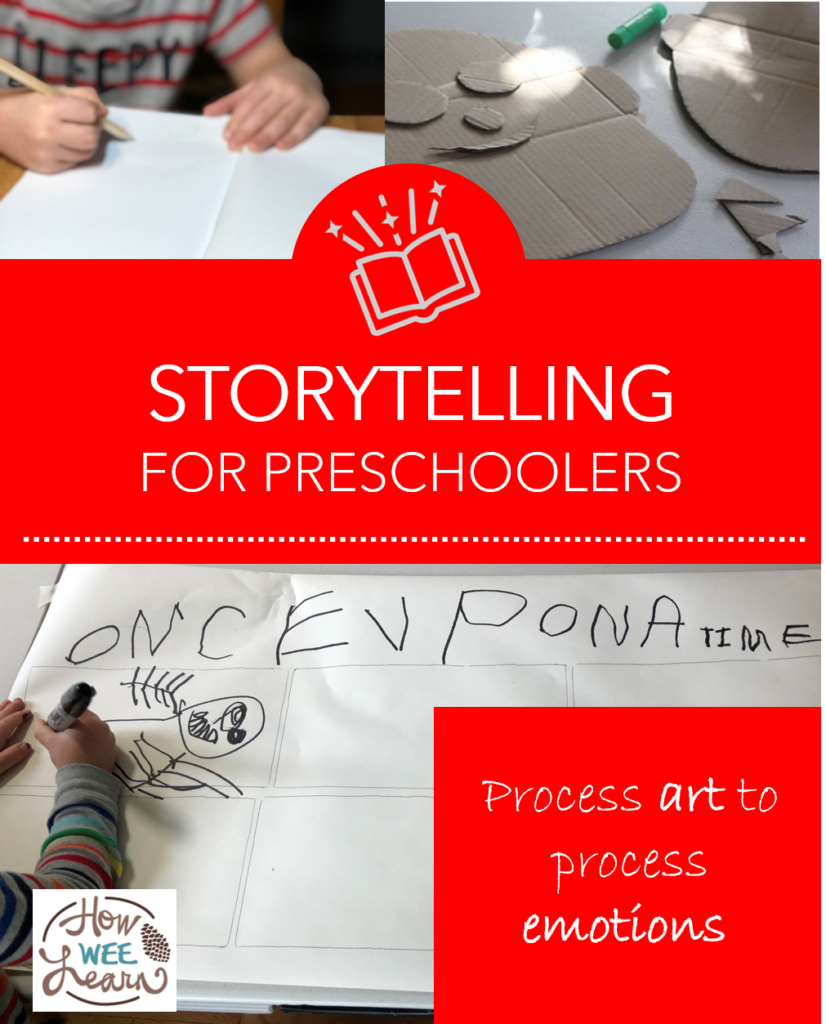
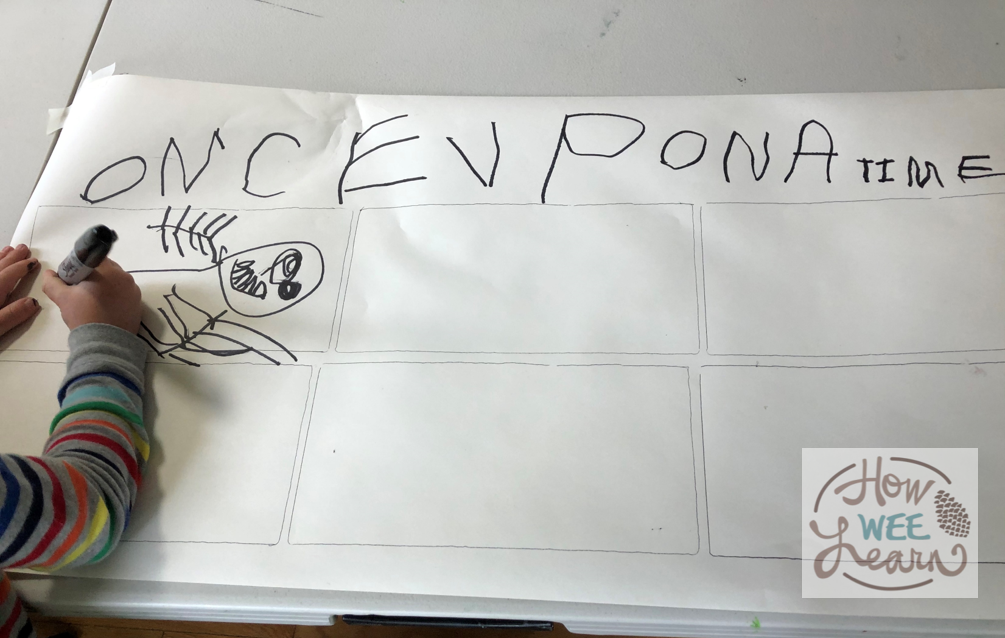
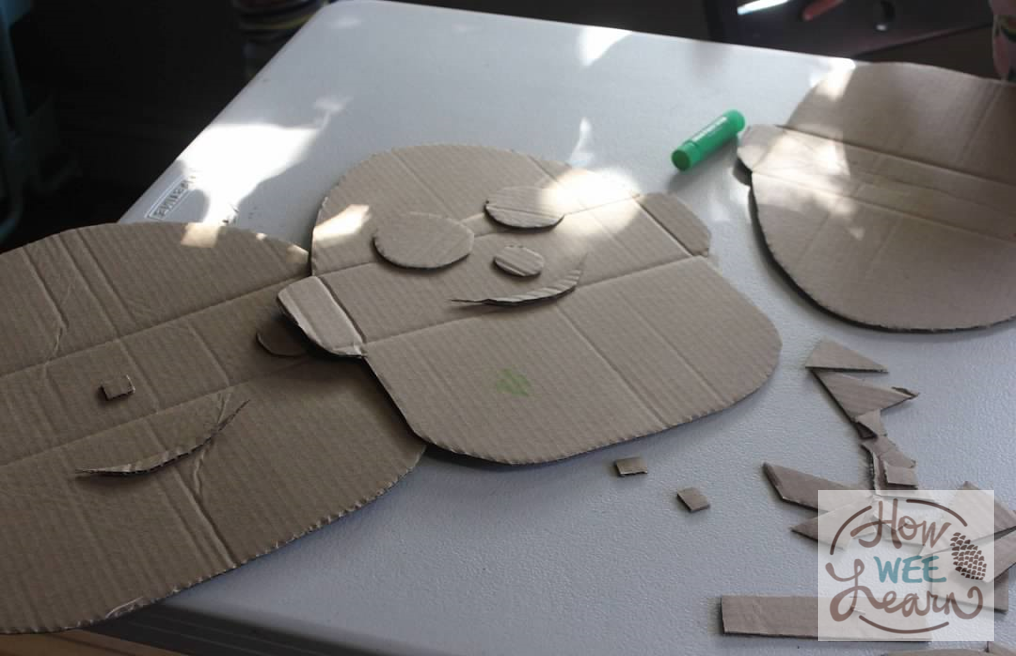
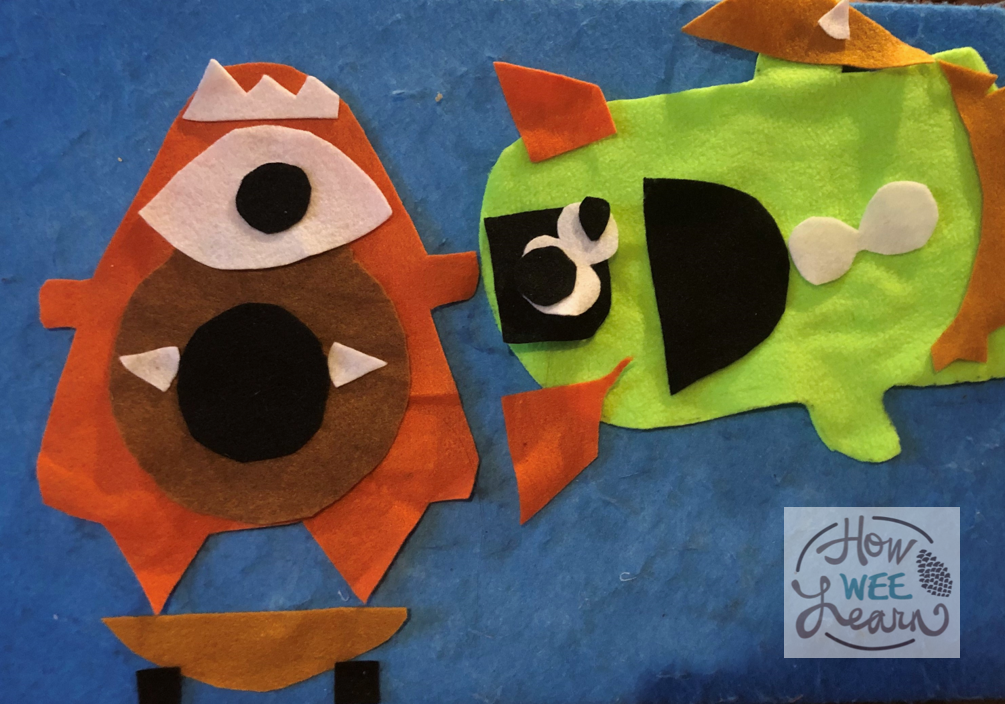
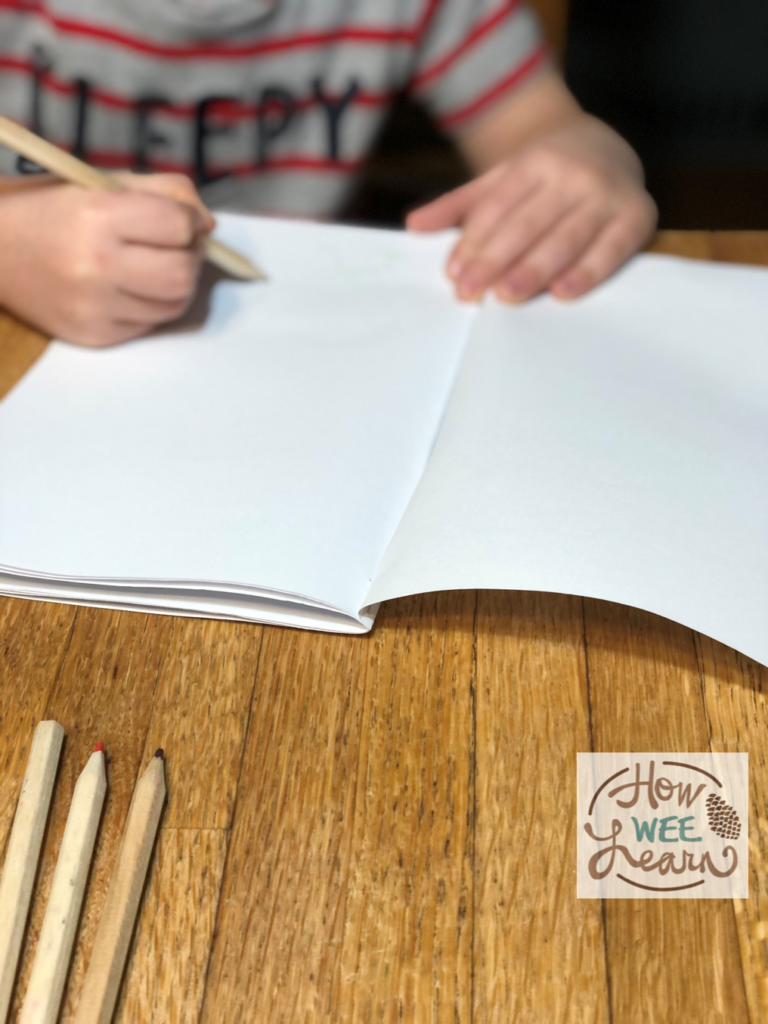
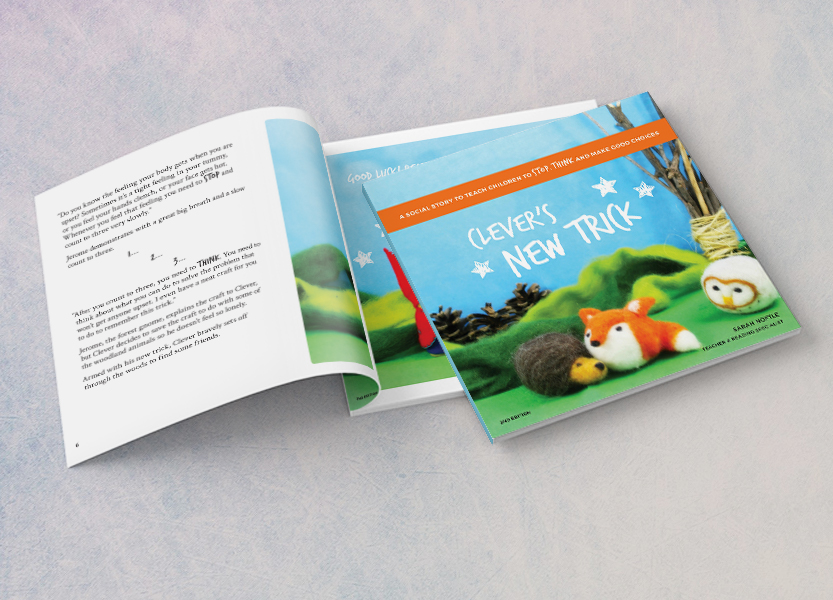
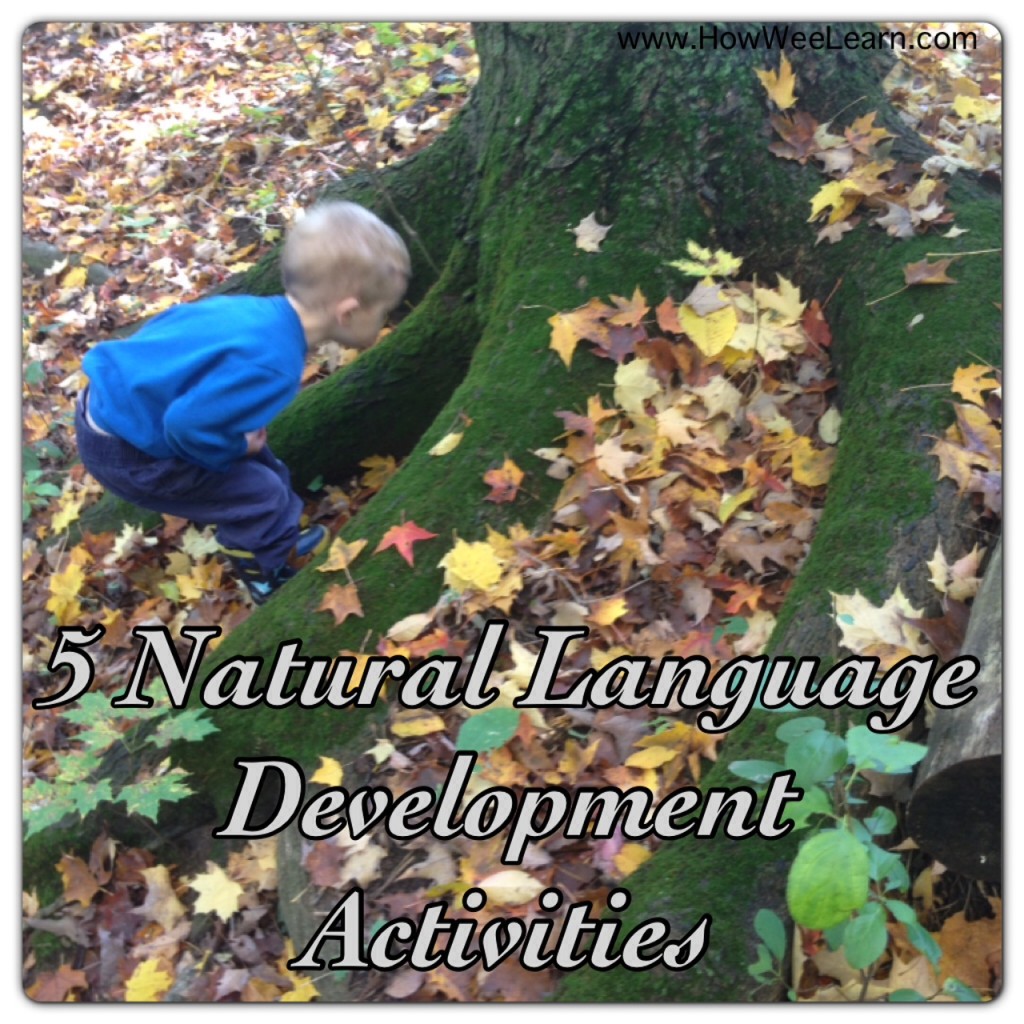
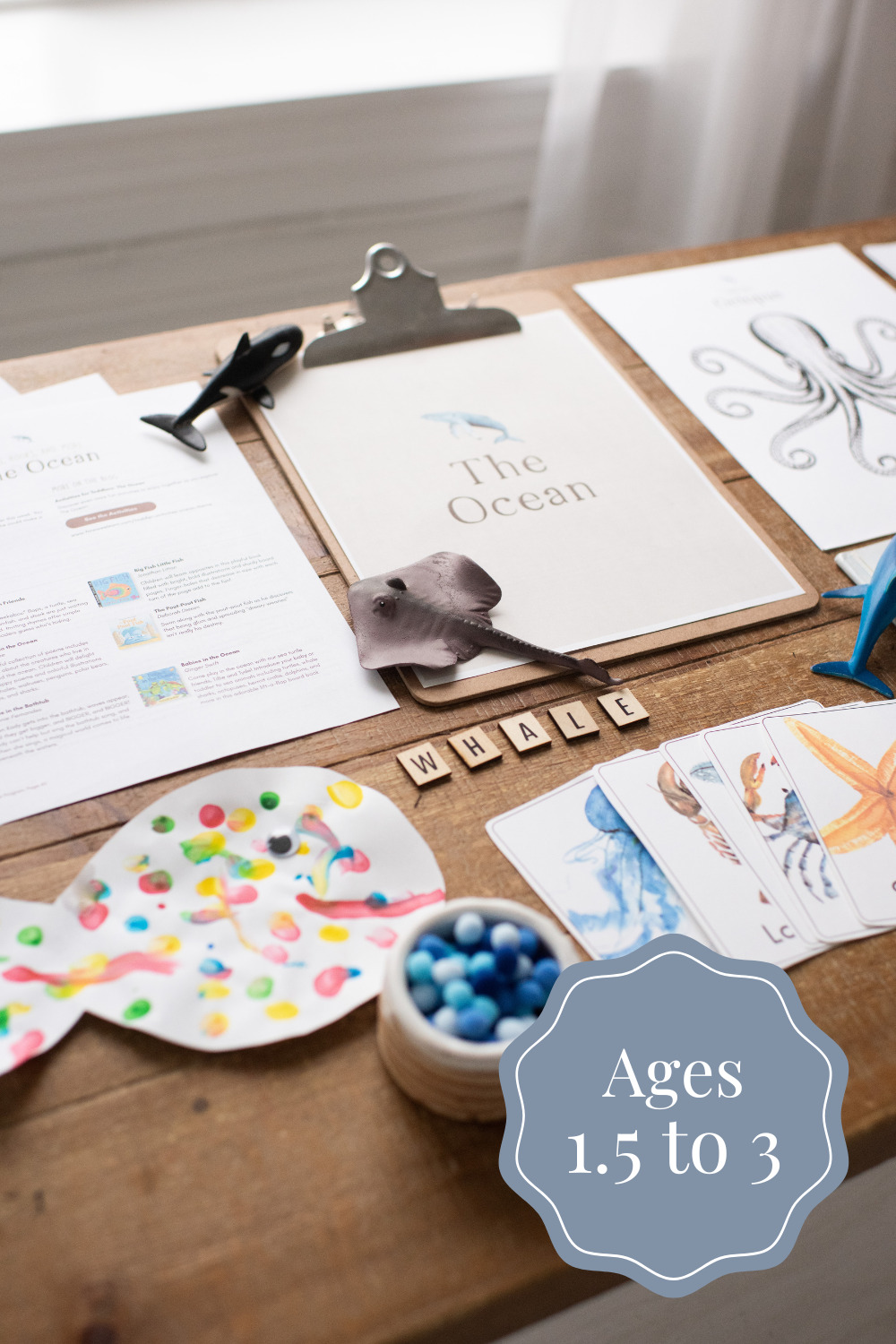
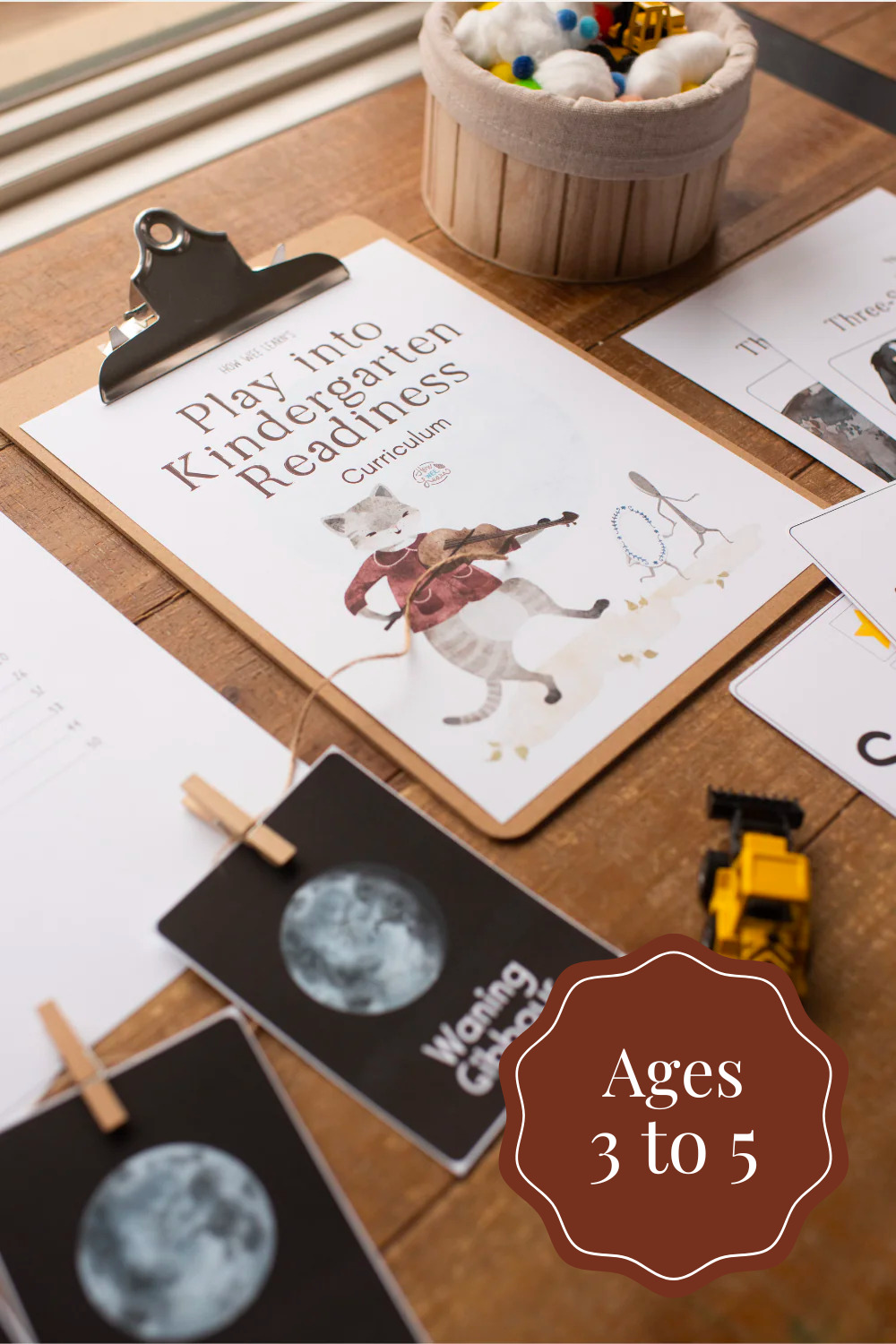
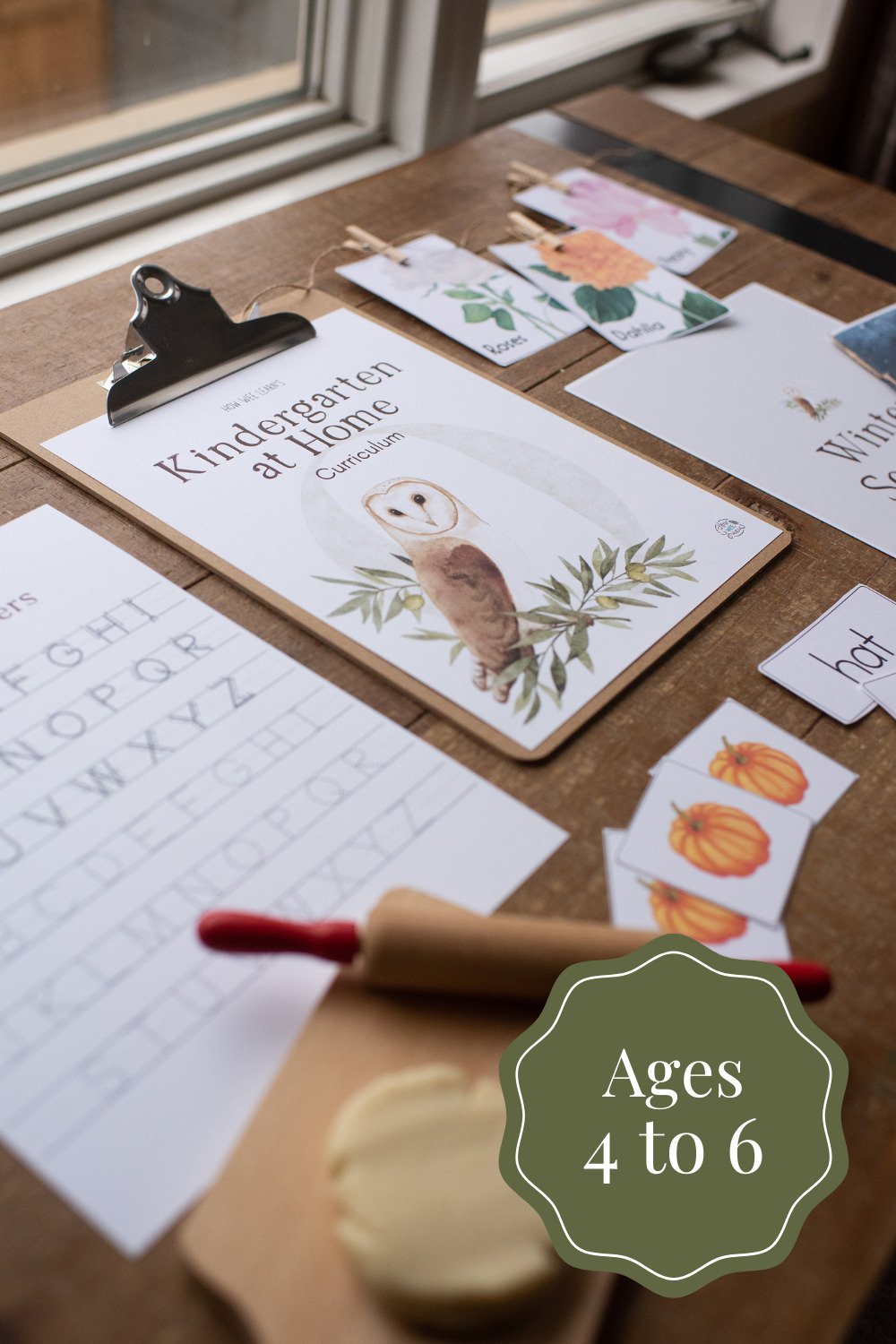
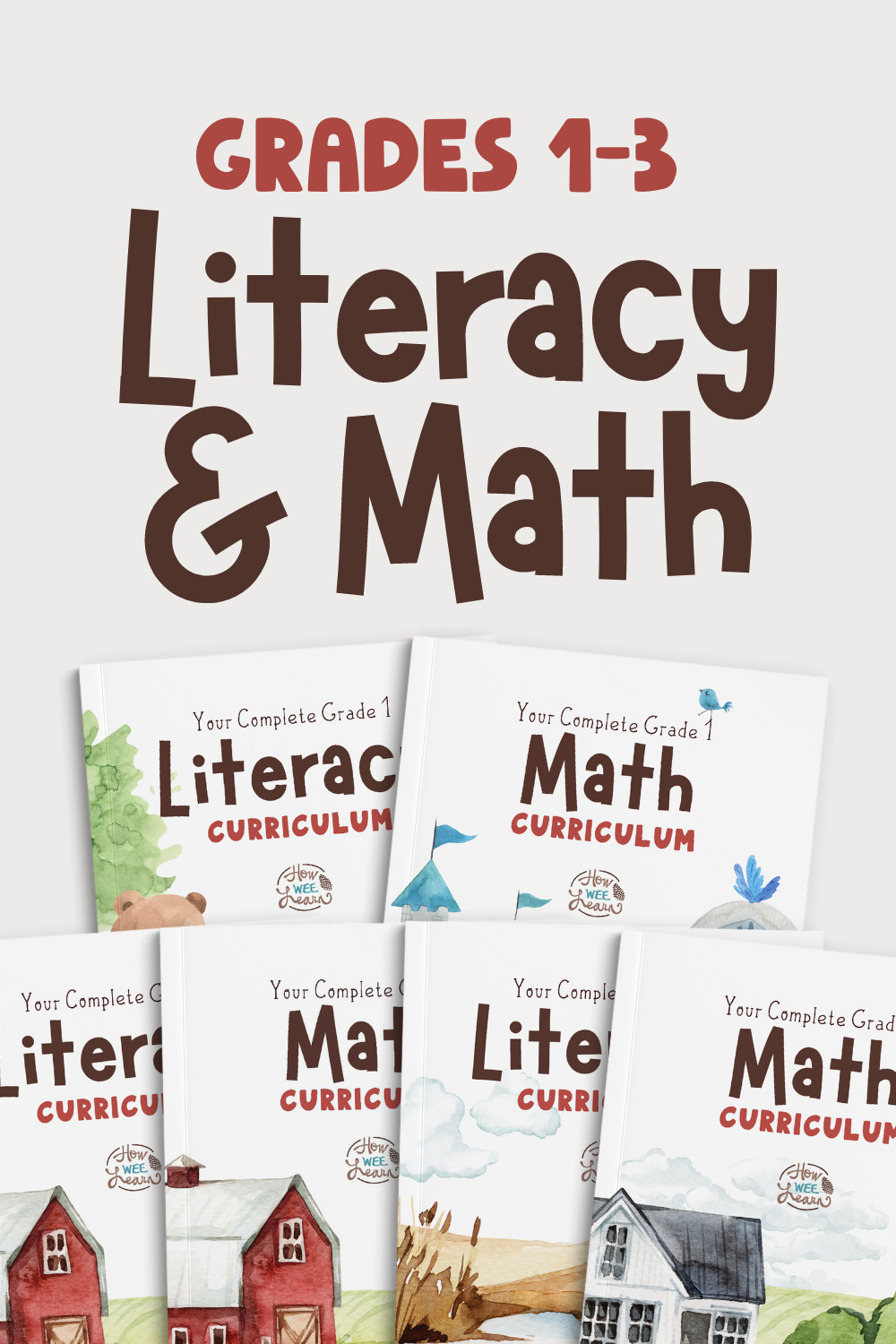

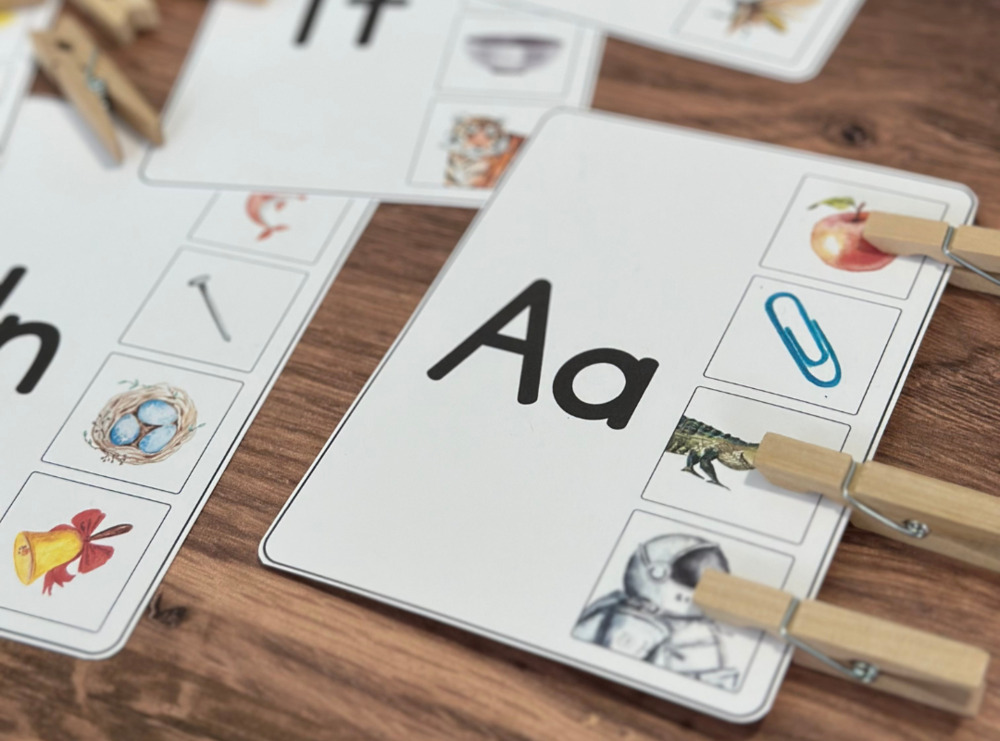
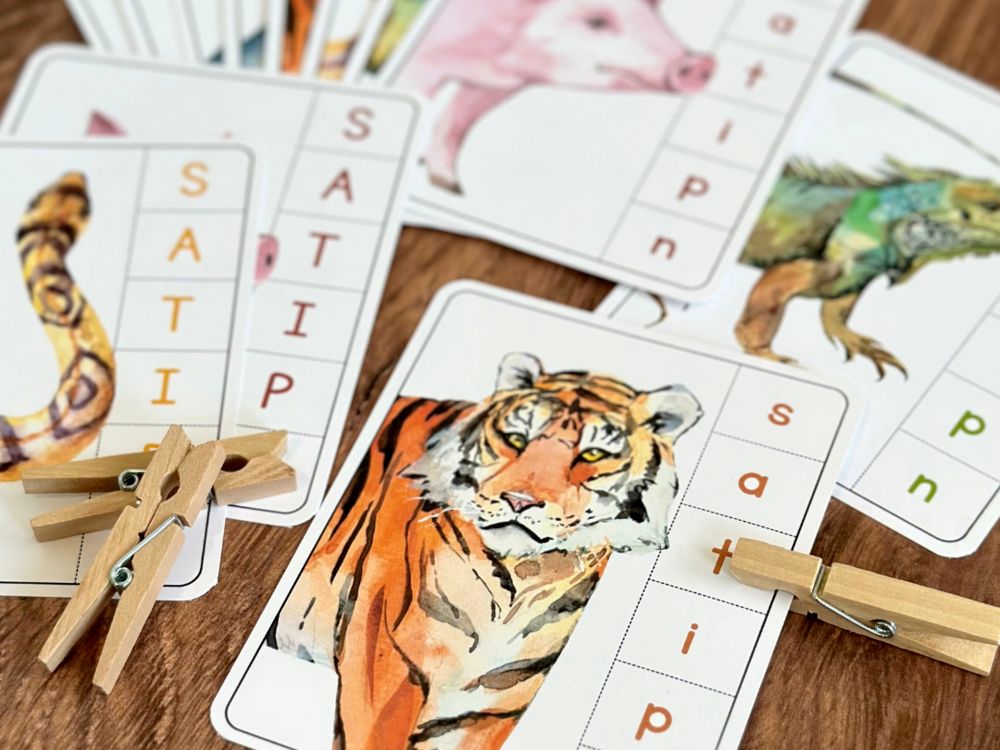
Leave a Reply